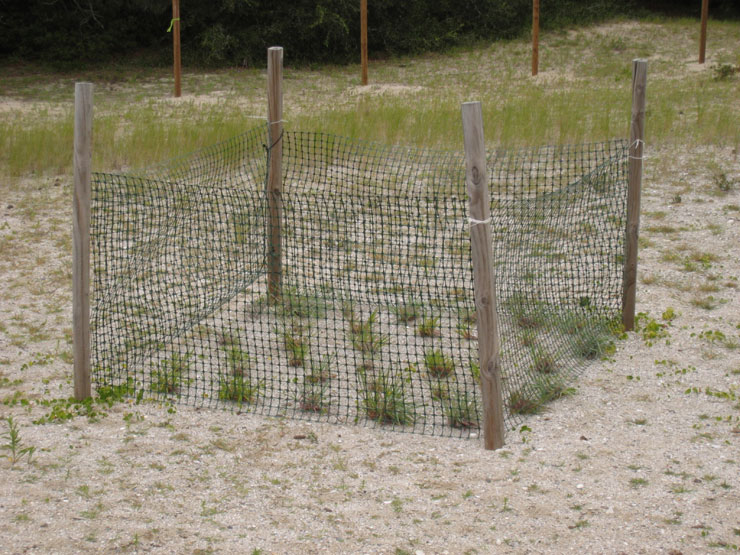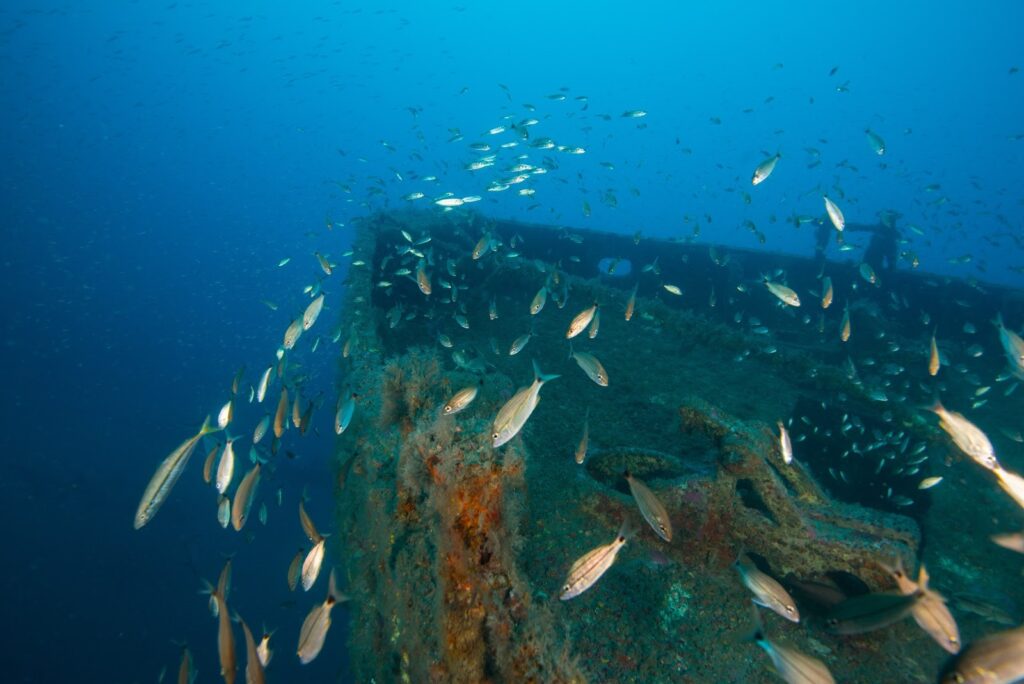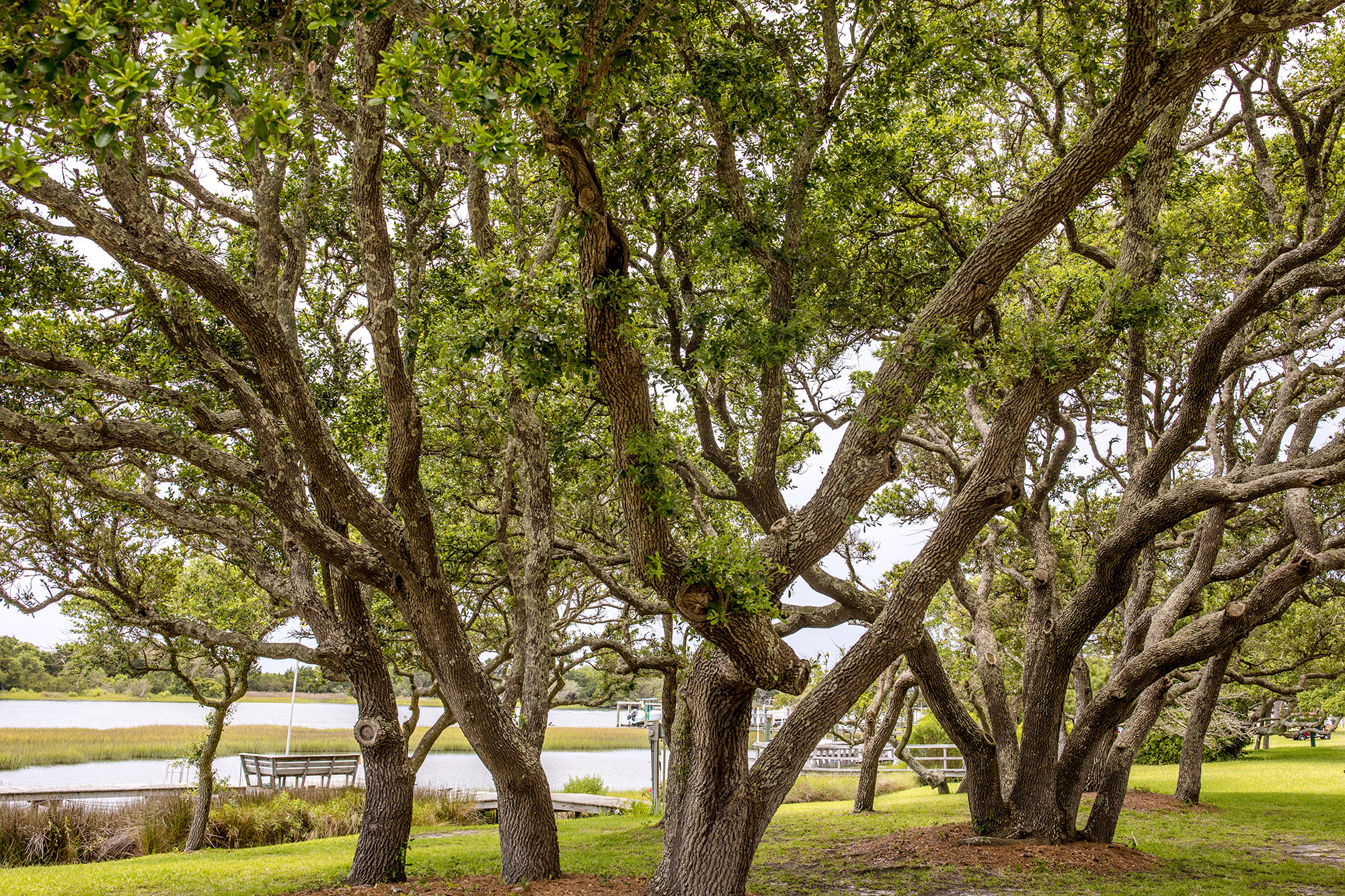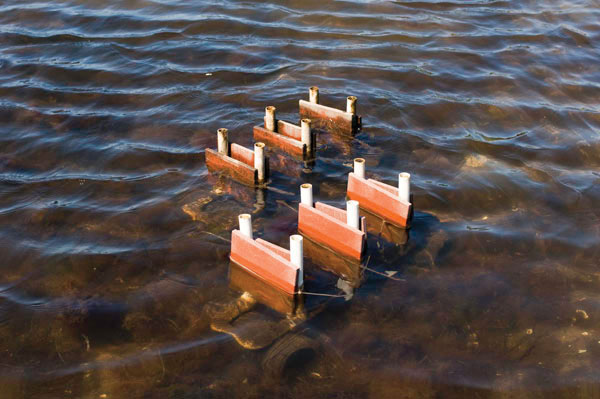NATURALIST’S NOTEBOOK: Plants May Lure Crystal Skipper

Coastwatch readers will remember the Crystal Coast’s crystal skipper, known scientifically as atrytonopsis new species 1. This rare butterfly is found on a 30-mile stretch of barrier islands, from Bear Island in Hammocks Beach State Park in Onslow County to Fort Macon State Park at the eastern end of Bogue Banks in Carteret County — and it may soon find an additional home.
The North Carolina Coastal Reserve, in partnership with the N.C. Aquarium at Pine Knoll Shores, planted more seaside little bluestem on a patch of bare land on the Rachel Carson component of the N.C. National Estuarine Research Reserve near Beaufort.
Seaside little bluestem is the grass on which female skippers lay their eggs and that growing caterpillars eat. The goal is to create additional habitat for the skipper, an important activity given the loss of sand dunes on Bogue Banks.
“We have seen butterflies at the habitat improvement project site, so we are hopeful they will lay eggs there,” explains Paula Gillikin, Rachel Carson Reserve site manager.
Nick Haddad, a North Carolina State University biologist, and then-graduate student Allison Leidner started preliminary research on crystal skippers that was featured in the Spring 2007 issue of Coastwatch. Leidner continued her study as a major part of her doctoral dissertation, which she completed in 2009.
“North Carolina Sea Grant provided a minigrant that allowed me to conduct the initial phases of my research. Through this seed funding, I was able to leverage further support from the U.S. Fish and Wildlife Service, the National Park Service and the Xerces Society for Invertebrate Conservation,” explains Leidner, now an American Association for the Advancement of Science Policy Fellow in the Earth Science Division at NASA, working with the biodiversity program.
“North Carolina’s Crystal Coast is the only place in the world you can see the crystal skipper, and we need to make sure that the butterfly can find a home among all of the people” Leidner says.
“The work of local groups, such as the North Carolina Aquarium at Pine Knoll Shores and the Rachel Carson National Estuarine Research Reserve, can help ensure that the butterfly will be here to stay,” she adds.
The crystal skipper is extremely active and has been known to fly through urban areas, such as parking lots and housing developments. They can even live in backyards.
But with the development of previously natural areas, the crystal skipper has fewer places to live.
“The skipper can ‘hopscotch’ through the landscape and use smaller natural areas to travel to larger natural areas,” Leidner notes. However, if urbanization continues to grow at a high rate, there will be fewer small sand dunes.
These dunes are an important part of the crystal skippers’ livelihood, so protecting and restoring the dunes will help support the crystal skipper, along with many other plants and animals. “Our research suggests that preserving small patches of sand dunes, or ‘stepping stones,’ is a good strategy to pursue for the crystal skipper,” she says.
Simply planting seaside little bluestem can help aid in the protection and repopulation of the crystal skipper. But Leidner encourages individuals to include all types of native plants in their gardens to support native species.
Gillikin and Leidner are currently collaborating with the N.C. Maritime Museum to develop a three-day, summer science camp focusing on the butterfly and coastal conservation.
For information about the crystal skipper summer camp program, check the schedule at: ncmaritimemuseumbeaufort.com/.
This article was published in the Spring 2011 issue of Coastwatch.
For contact information and reprint requests, visit ncseagrant.ncsu.edu/coastwatch/contact/.


